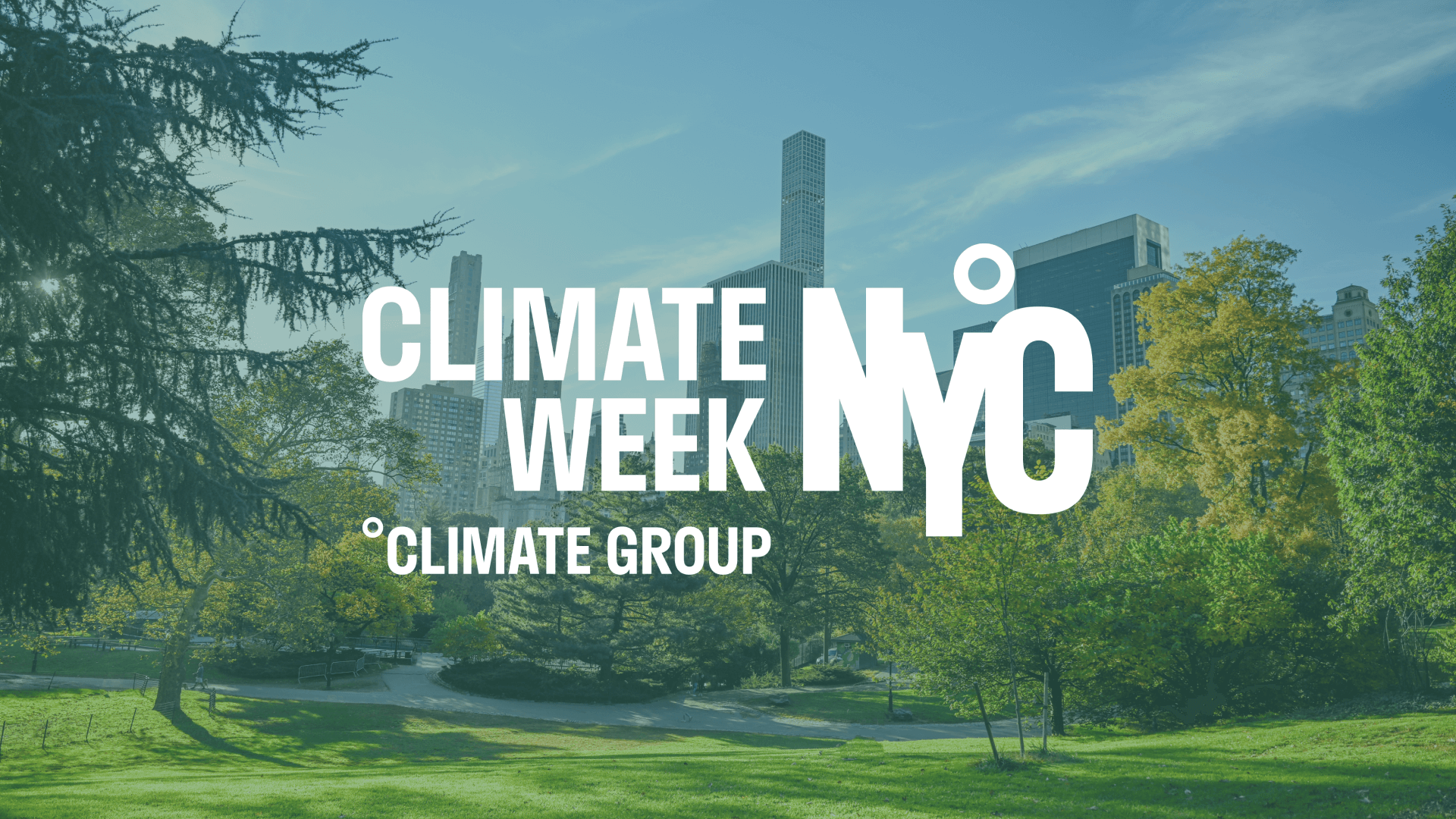
When an aircraft burns jet fuel, it releases not only carbon dioxide (CO2) but also creates other byproducts including nitrogen oxides (NOx), water vapor, soot, and aerosols which, at altitude, react with the atmosphere and contribute substantially to global warming.
In November 2020, the European Commission published a thorough and scientifically authoritative report by the European Aviation Safety Authority (EASA) fully dedicated to these non-CO2 effects of aviation. It confirms that non-CO2 effects make up two-thirds of aviation’s climate impact.
One of aviation’s main non-CO2 effects is linked to contrails, with contrail cirrus alone accounting for up to 57% of the total impact. These are long cloudy strips that form when moisture in ice-saturated air freezes around soot particles released by burning jet fuel. Contrails can form cirrus clouds that trap heat radiating from the earth’s surface, especially at night. The chemical composition of jet fuel, in particular the level of aromatics (molecules that form soot during combustion), has a significant effect on the level of contrail formation and therefore the level of non-CO2 climate effects from flying.
ClimateWorks is partnering with Transport & Environment, our long-standing grantee, to explore the impact of non-CO2 emissions in aviation and offer recommendations to mitigate their effects on the climate.
Ways to tackle non-CO2 effects now
Over the last decade, there has been no formal attempt by policymakers to mitigate the effects of non-CO2 chemicals in the atmosphere. Most recently, the European Commission missed a golden opportunity to include aviation non-CO2 mitigation measures in its “Fit for 55” package proposal, the EU’s plan for reducing greenhouse gas emissions by 55% by 2030. This is especially disappointing because two clear solutions have been highlighted by the EASA report, both aimed at reducing persistent contrail formation: cleaner-burning fuels with fewer aromatics and trajectory optimization (i.e., the use of alternative flight paths to avoid areas of airspace prone to persistent contrail formation).
Non-CO2 effects make up two-thirds of aviation’s climate impact.
Sustainable Aviation Fuels (SAFs) have an aromatic content (often 0%) lower than the average aromatic content of fossil fuels. As SAF production slowly increases, parallel action needs to ramp up to reduce the aromatic content of the fossil jet fuel which can be achieved through adding extra hydrogen to the fuel. To address this urgent issue, policymakers must create an impact assessment outlining several policy options and technological solutions, and then write a legislative text on optimizing the aromatic content of jet fuel. For instance, the European Commission can pursue this process through its ReFuelEU Aviation policy, which aims at providing better fuel for aviation. To learn more about Transport & Environment’s recommendations for these policy changes in Europe, see their latest briefing.
Trajectory optimization is another way to reduce aviation’s non-CO2 effects. Real-life research projects that have already been conducted in Japan and the UK have demonstrated that partial mitigation of around 40% of contrails would come at a negligible cost in terms of flight time. It is, therefore, crucial to support projects like these and further explore paths to accelerating trajectory optimization. At the same time, in all mitigation options, it is essential to consider the trade-offs. For example, potentially increased CO2 emissions in the case of aircraft diverting their routes — we don’t want the cure to become worse than the disease.
Flying forward
This is a significant year for sustainable aviation in the European Union and beyond. With the EU’s “Fit for 55” package being negotiated in Brussels, this is an ideal time to start mitigating aviation’s non-CO2 effects and leading by example for other regions to follow suit. This should take the form of swift and meaningful policy action aided by thorough research, institutional accountability, technological solutions, and a reduction in post-Covid-19 pandemic demand. In this spirit, Transport & Environment brought together industry, policymakers, and researchers for its inaugural aviation non-CO2 summit in March 2022 to tackle this important issue and will continue to advance the conversation. The participating stakeholders agreed that it is important to conduct more research on this topic, but there are also ways that we can and must act now to reduce the non-CO2 effects of aviation through policy and technology. We need bold and decisive action to mitigate the long-term effects of aviation on our climate.


